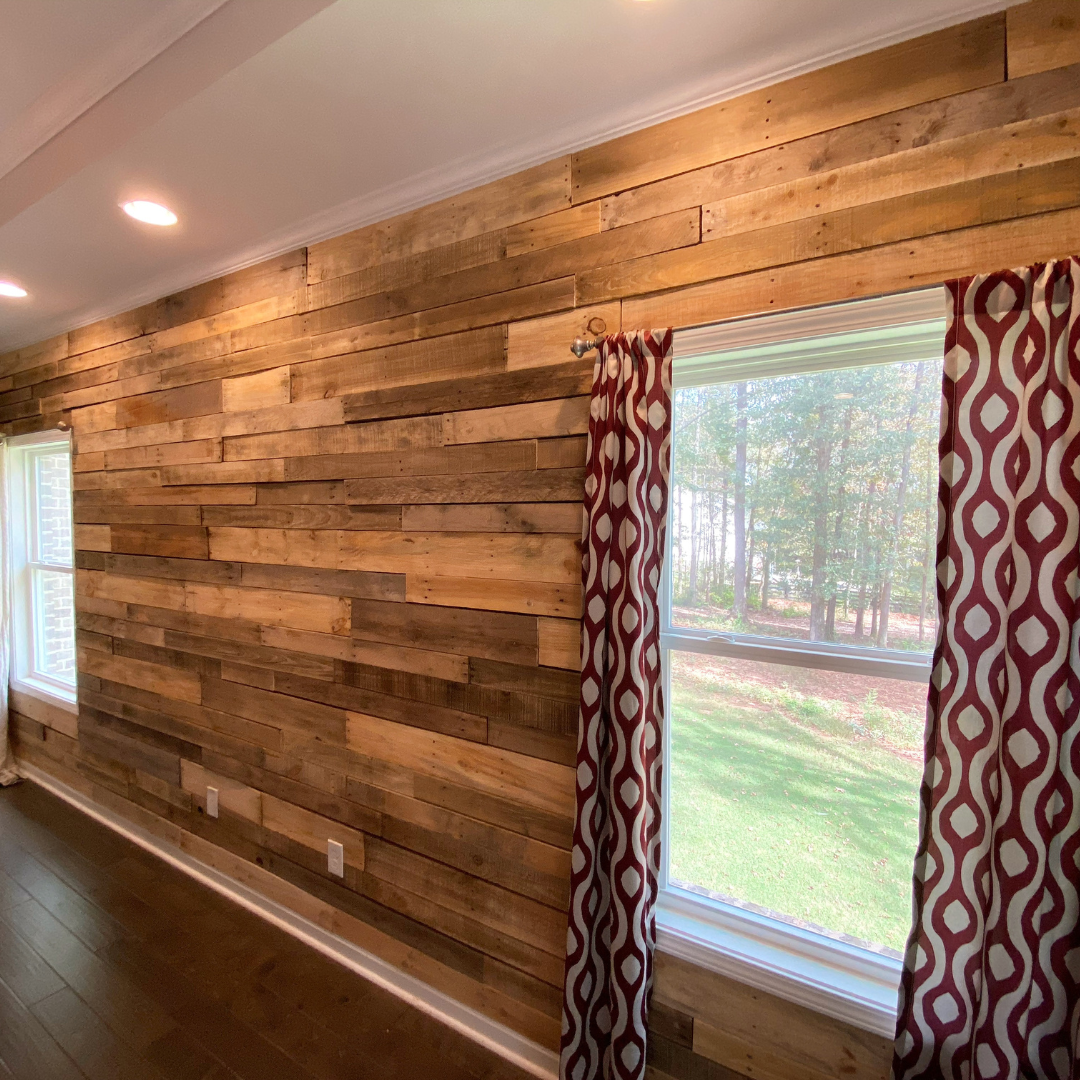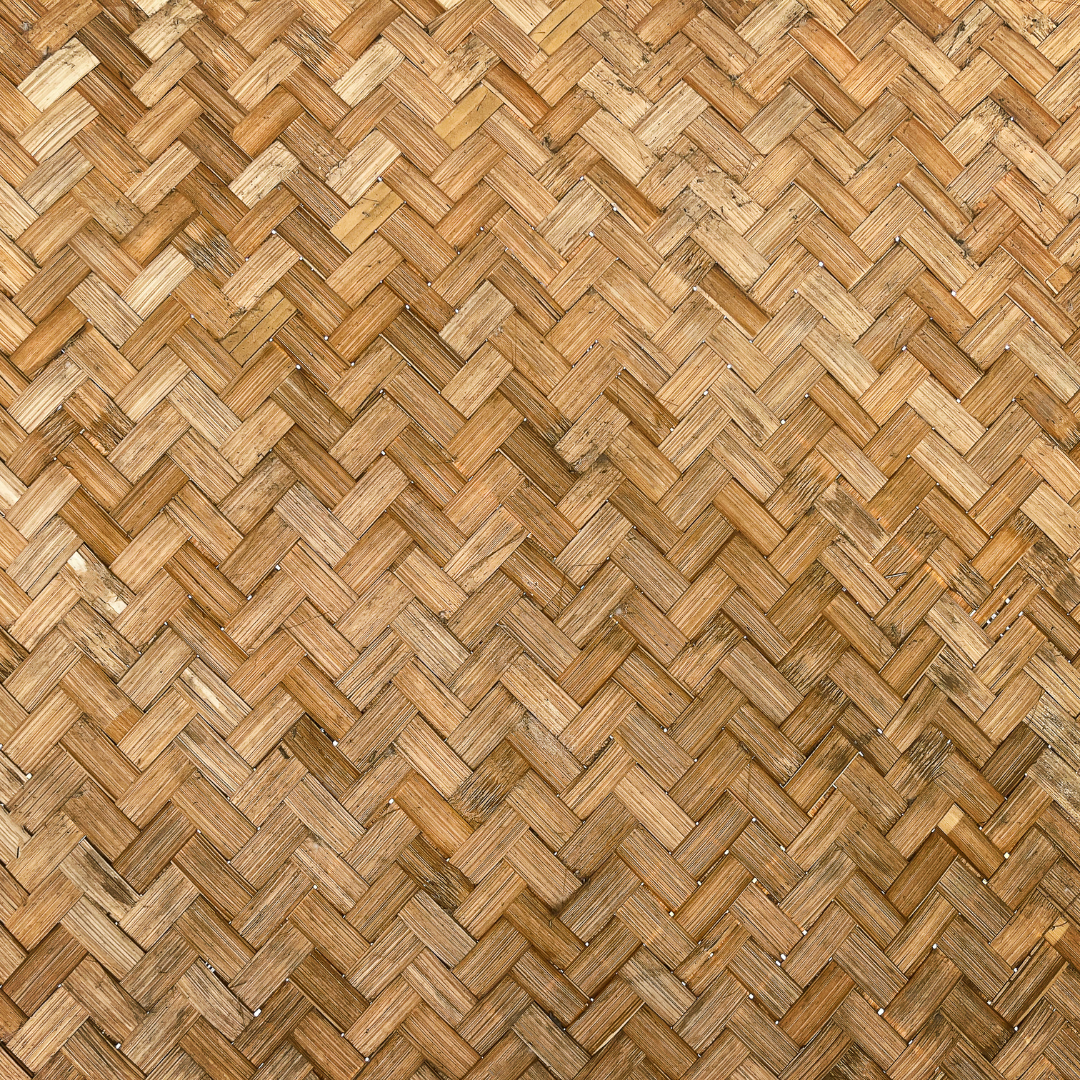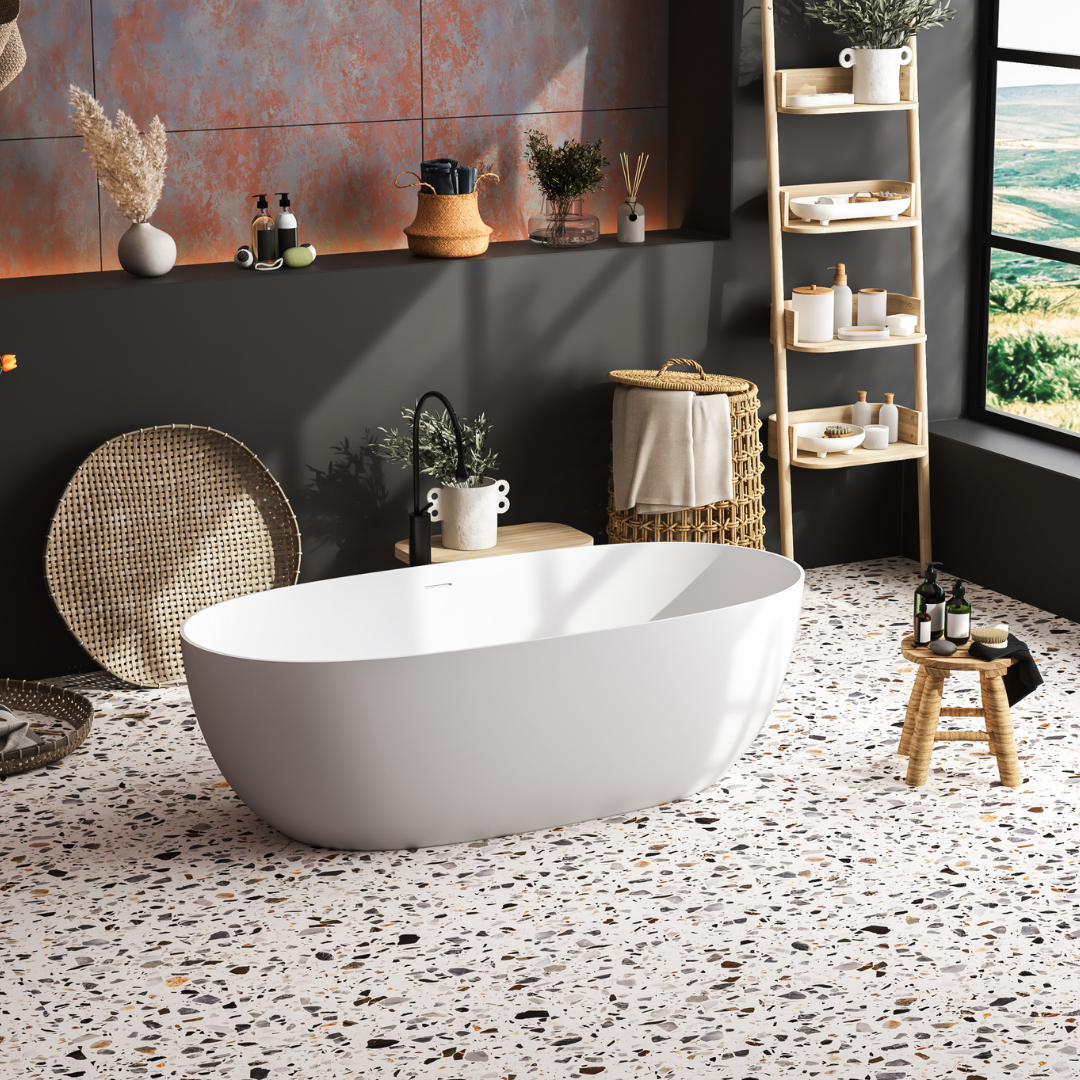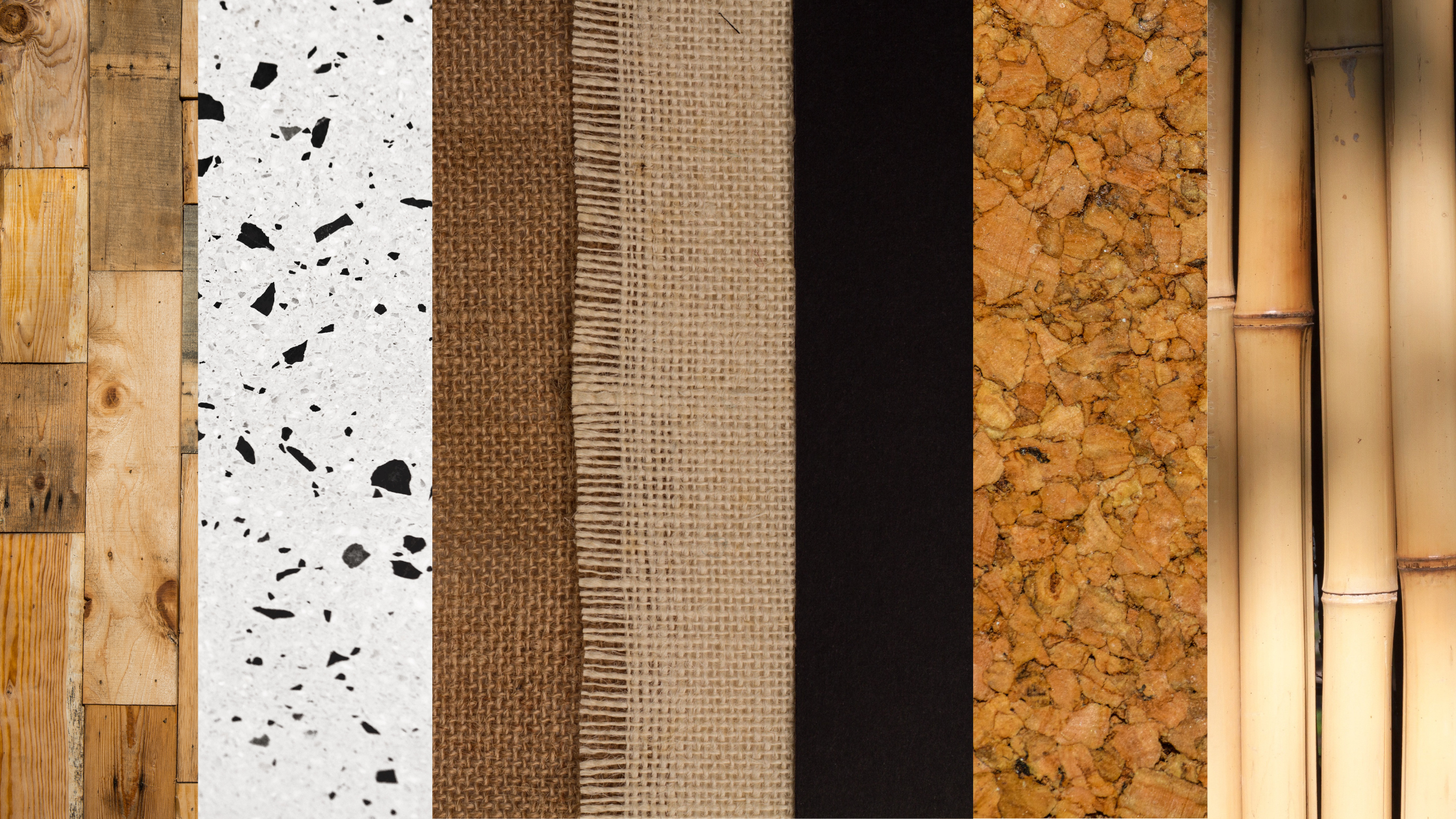Creating a home that is both beautiful and environmentally responsible will make a great difference to your health, mind and the environment you live in. Choosing sustainable materials for your interiors reduces your carbon footprint and also enhances the aesthetic and longevity of your space.
If you're looking to redesign your home with a mindful touch, here are the top seven materials for a sustainable interior in 2025.
1. Reclaimed Wood

Reclaimed wood is an exceptional choice for sustainable interiors. Sourced from old buildings, barns, and factories, it minimizes the need for new timber while adding rustic charm and durability. Whether used for furniture, flooring, or wall paneling, reclaimed wood brings warmth and character to any space.
Why Choose It?
- Reduces deforestation
- Unique textures and patterns
- Durable and long-lasting
2. Bamboo

Bamboo is one of the most renewable materials available today. Unlike traditional hardwood, bamboo grows rapidly, making it a highly sustainable alternative for furniture, flooring, and even decor elements.
Why Choose It?
- Regenerates within 3-5 years
- Highly durable and moisture-resistant
- Aesthetic versatility, from modern to traditional interiors
3. Cork
Cork is a biodegradable and renewable material that is harvested without harming the tree. It is used for flooring, wall coverings, and even furniture, providing a soft, natural aesthetic with excellent insulation properties.
Why Choose It?
- Sound and thermal insulation
- Naturally resistant to mold, mildew, and pests
- Lightweight and flexible
4. Recycled metals
Recycled metals like aluminum, brass, and copper are being increasingly used in interior design for fixtures, decor accents, and furniture. These metals require less energy to produce when sourced from recycled materials and add a sleek, industrial look to interiors.
Why Choose It?
- Reduces mining and waste
- Extremely durable and resistant to wear
- Enhances modern and minimalistic designs
5. Organic Cotton and Hemp Fabrics

For upholstery, curtains, and cushions, opt for natural fabrics like organic cotton and hemp. These materials are grown without harmful pesticides and require significantly less water compared to conventional cotton, making them a sustainable choice for textiles.
Why Choose It?
- Biodegradable and non-toxic
- Breathable and comfortable
- Chemical-free production
6. Terrazzo

Terrazzo is a composite material made from chips of marble, quartz, glass, and other materials set in cement or resin. Many modern versions use recycled components, making terrazzo an eco-friendly and stylish option for flooring and countertops.
Why Choose It?
- Highly durable and low maintenance
- Available in endless colors and designs
- Made using upcycled materials
7. Recycled Glass

Recycled glass is making a significant impact in sustainable interior design. Whether in the form of tiles, countertops, or decorative elements, this material diverts waste from landfills while adding a modern, luminous touch to interiors.
Why Choose It?
- Reduces landfill waste
- Durable and easy to clean
- Adds a unique, artistic appeal
Make Sustainable Choices with Taragram
At Taragram, we believe every individual choice , no matter how small, can make a lot of difference when added up. Start small by choosing eco-friendly materials the next time you shop – you'll not only reduce environmental harm but also surround yourself with a healthier space and lifestyle. Browse our curated collection of sustainable home decor, handcrafted with love and responsibility.
Sustainably Yours, Since 1995.







